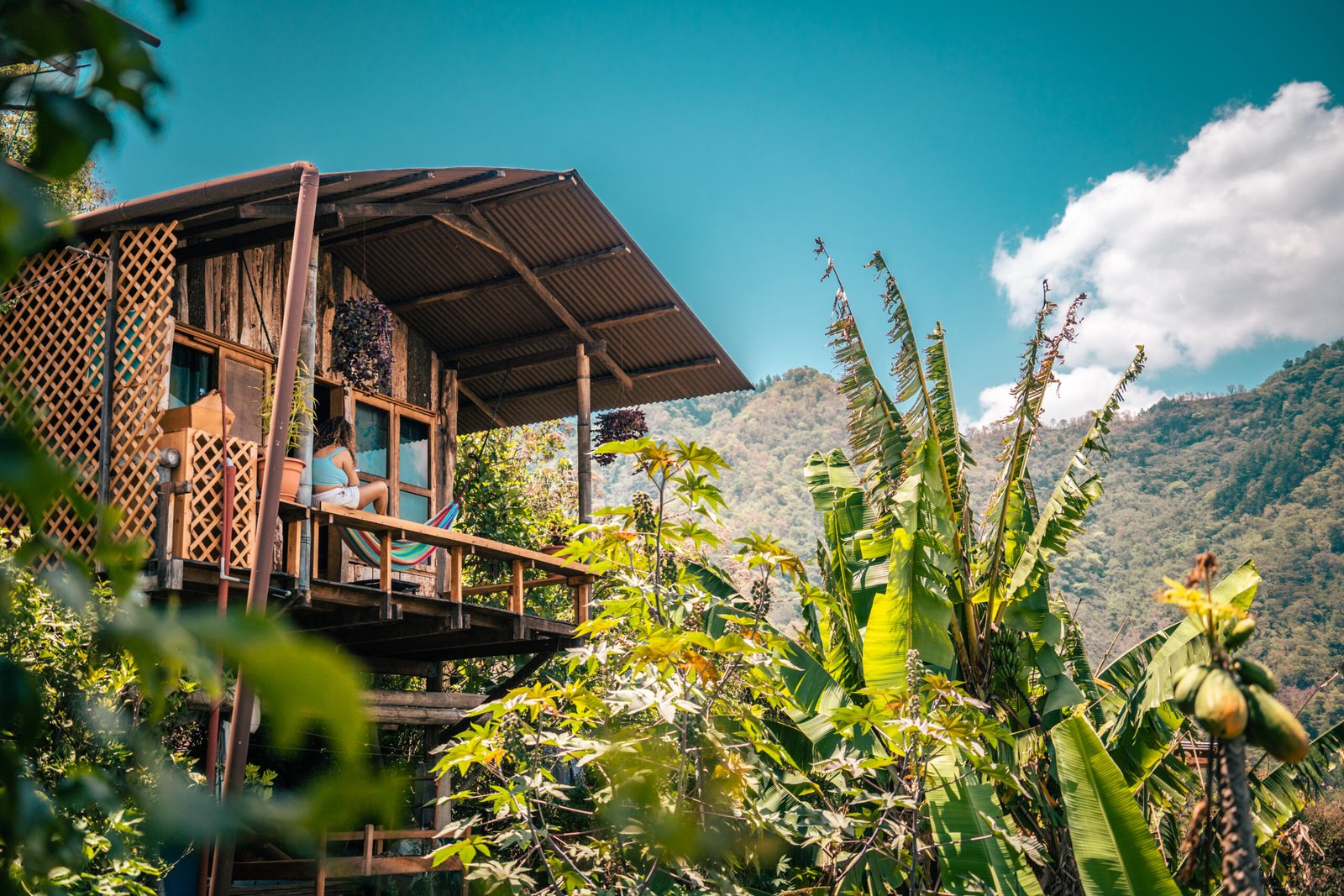What is Hot Yoga? The Powerful Practice to Revitalize Your Body and Mind
Are you curious about the heated world of hot yoga? In this post we’ll delve into the fiery controversies and juicy advantages of this well-liked yoga practice. Additionally, we’ll offer professional advice on how to stay safe and healthy while doing hot yoga. So grab your water and let’s dive in!
What is Hot Yoga?
Hot yoga, also known as Bikram yoga, is a popular style of yoga that involves practicing in a room heated to around 105°F (40°C) with a humidity of 40%. In honor of the method’s creator, Bikram Choudhury, this practice is frequently referred to as “Bikram yoga.” Hot yoga entails performing a series of 26 poses in a space that is heated to 105 degrees Fahrenheit or more.
The purpose of the heat in hot yoga is to make the practice more difficult and intense. The high temperature may aid in improving flexibility and encouraging the sweating out of impurities. Hot yoga practitioners frequently state that they feel more energised, concentrated, and rejuvenated after a practice.
The Benefits of Hot Yoga: Why Practitioners Love This Intense Practice
Increased flexibility is one of hot yoga’s main advantages. Muscles can warm up and become more supple in the heat, which can make it simpler to move through difficult poses. By raising heart rate and enhancing blood flow throughout the body, hot yoga can also aid in the improvement of cardiovascular health.
A cleansing impact on the body is thought to be another benefit of hot yoga. The lymphatic system, which removes waste and poisons from the body, might be stimulated by the high temperature. Hot yoga practitioners consequently frequently state that they feel more energised and refreshed following a lesson.
Staying Safe in a Heated Environment: Tips for Practicing Hot Yoga
Hot yoga has a lot of advantages, but it’s necessary to use caution when doing it. Some people, particularly those who have certain medical issues, may find hot yoga difficult because to its high warmth and intensity. It is crucial to consult a healthcare professional before beginning a hot yoga practice.
Also, it’s critical to drink enough of water throughout hot yoga sessions. Dehydration can be dangerous due to the high temperature and perspiration. To stay hydrated, make sure you drink lots of water before, during, and after class.
Exploring the Poses of Hot Yoga: A Breakdown of This Challenging Sequence
The 26 positions that make up a normal hot yoga sequence are all meant to work every muscle in the body. Normally, the practice lasts between 60 and 90 minutes. Hot yoga positions are derived from traditional yoga asanas. Some poses that are well-known include:
- Standing Bow Pose (Dandayamana Dhanurasana): This pose involves balancing on one leg while reaching back and holding onto the opposite foot. It is a challenging pose that can help to improve balance and flexibility.

- Pyramid pose (Parsvottanasana): This is a challenging standing pose that requires balance and flexibility. This posture is excellent for stretching the hamstrings, hips, and spine while strengthening the legs

- Cobra Pose (Bhujangasana): This pose involves lying on the stomach and lifting the chest and upper body off the ground. It is a great pose for strengthening the back muscles and improving posture.

The Controversy in Hot Yoga: Understanding the Risks and Concerns
Despite its popularity, hot yoga has been subject to controversy in recent years.
Some hot yoga instructors have been accused of sexual assault, particularly in the case of Bikram Choudhury, the creator of Bikram yoga. Many women have accused Choudhury of sexual harassment and assault. Although these accusations have nothing to do with the actual practice of hot yoga, they have led some people to wonder about the morality and safety of doing so in a Bikram-style studio.
Risk of dehydration is one of the main issues associated with hot yoga. Excessive perspiration during yoga sessions in a hot environment might result in dehydration if fluids are not properly replaced.
The possibility of injury or overstretching is another concern in hot yoga. Because of the increased flexibility brought on by the heat in a hot yoga session, some students could push themselves too far and overstretch their muscles. Stretching too far can result in sprains, strains, and other damage to the muscles.
Is it Safe to Practice Hot Yoga?
In conclusion, despite the controversies surrounding hot yoga, it can be a secure and efficient form of exercise with the right precautions and direction from a certified teacher. Like with any physical exercise, it’s crucial to pay attention to your body and make sure that you are exercising safely and to the best of your abilities.
While we do not have hot yoga classes in our schedule, you can find classes offered by our San Marcos community. Check out Kux Hot Yoga if you are interested in trying it out.



